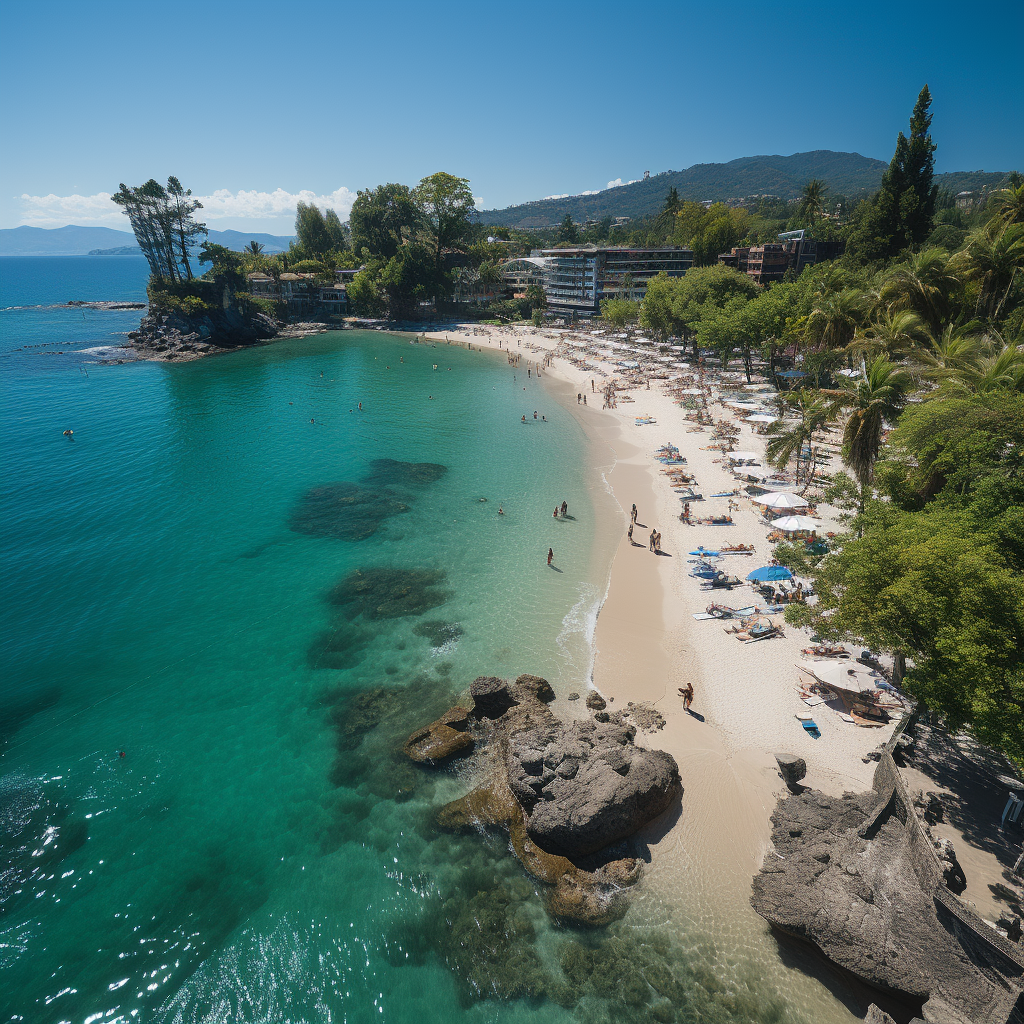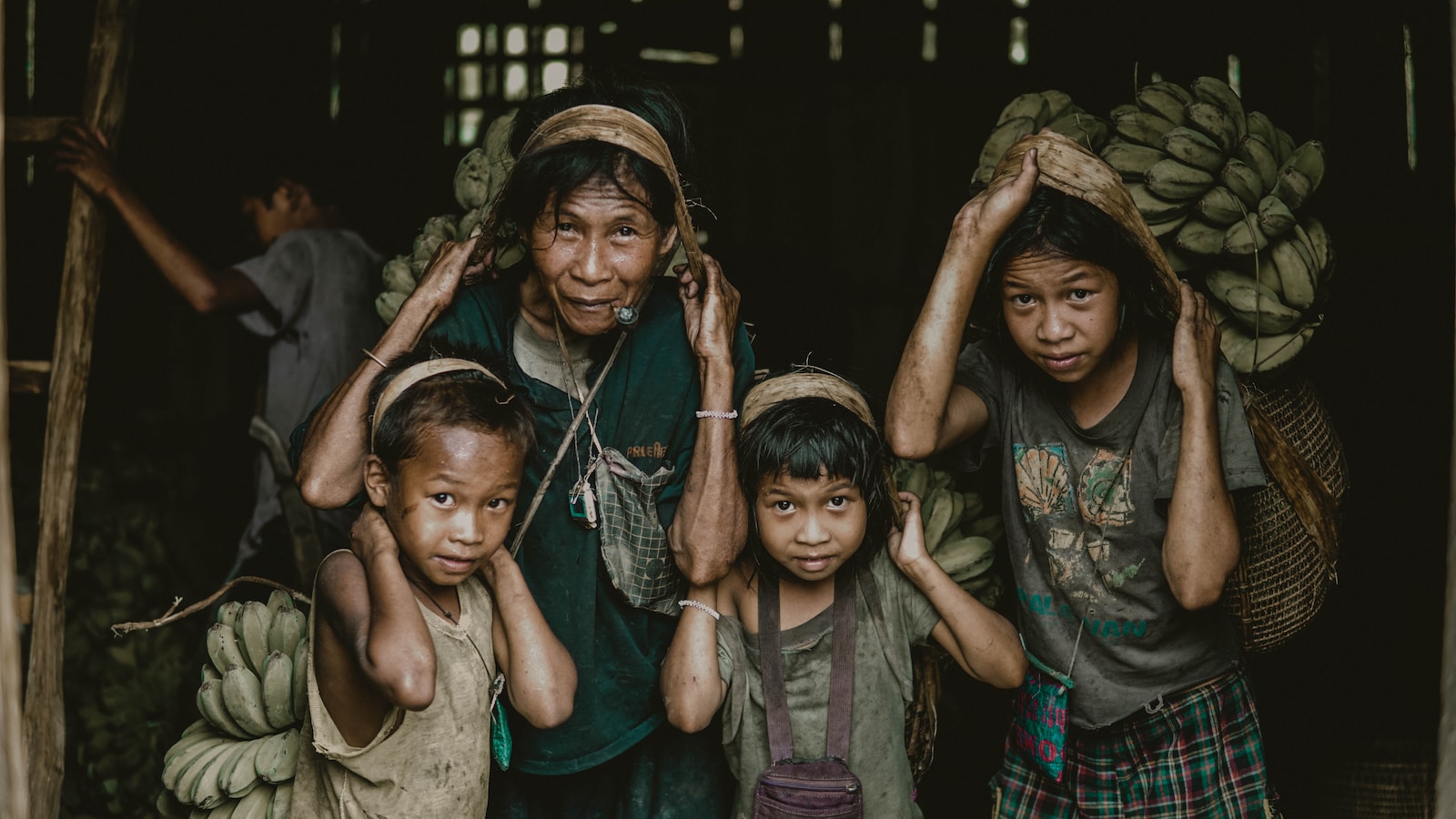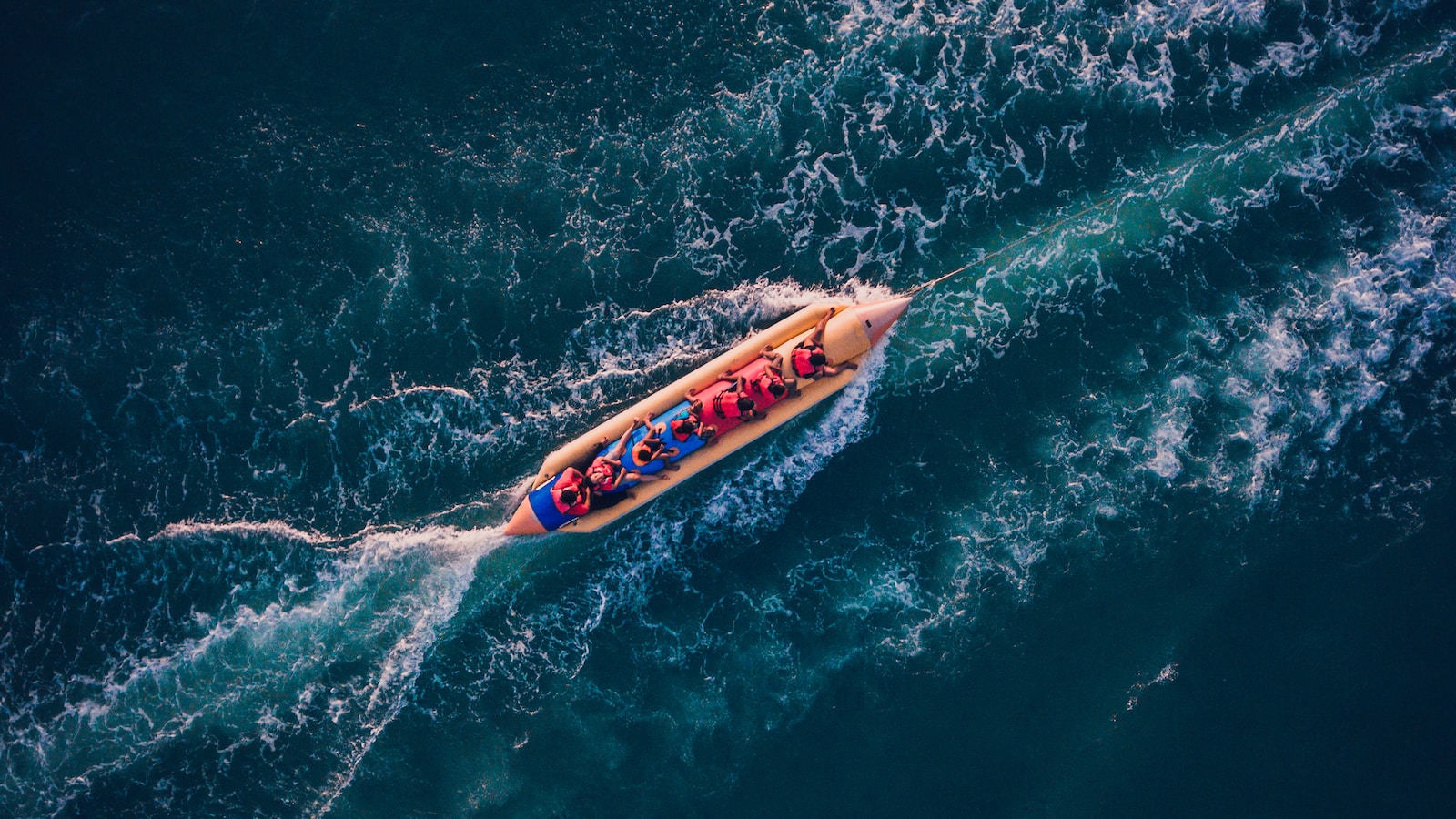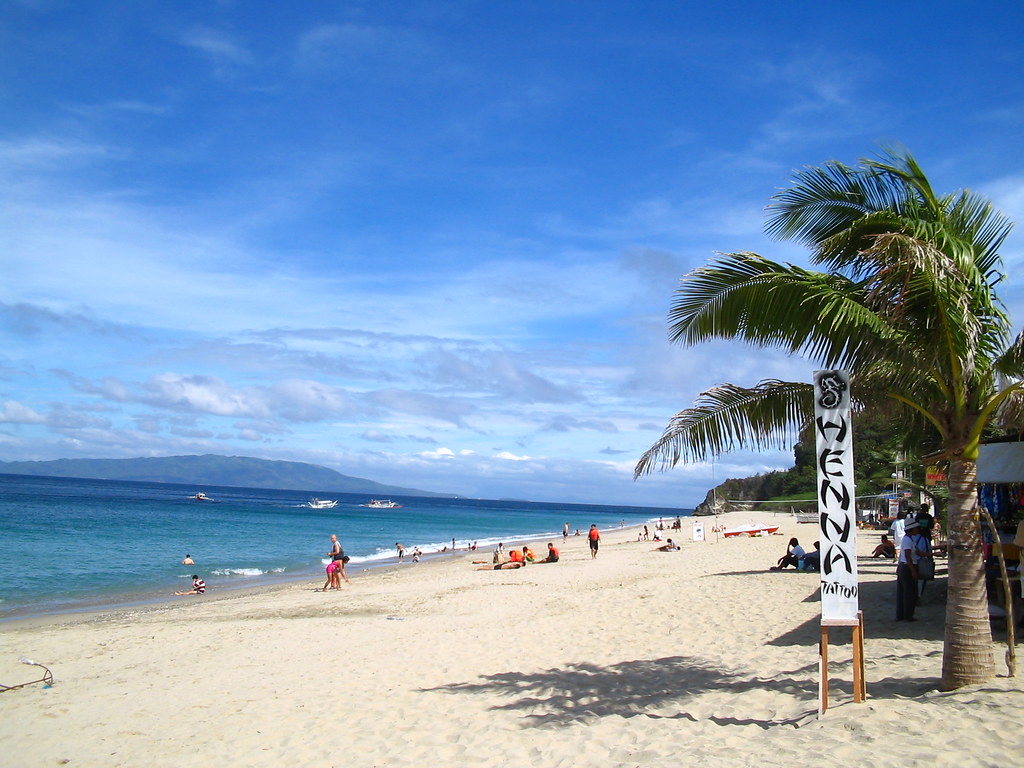Puerto Galera, located on the island of Mindoro in the Philippines, is renowned not only for its breathtaking natural beauty but also for its rich indigenous culture and heritage. Known as the “pearl of Mindoro,” this coastal town has witnessed the evolution of various art forms, rituals, and traditions that collectively shape the unique cultural identity of the region. This cultural diversity is an intrinsic aspect of life in Puerto Galera, with several ethnic groups such as the Iraya-Mangyan, Alangan-Mangyan, and Tadyawan-Mangyan continuing to practice and preserve their indigenous ways.
Art and craftsmanship are deeply embedded in the cultural fabric of Puerto Galera. Traditional art forms range from intricate weaving patterns, which often carry symbolic meanings, to pottery and wood carving, reflecting the community’s reverence for nature, their ancestors, and their way of life. The local people also maintain a profound connection with their environment, with numerous customs and festivals that celebrate the bounty of the land and sea.
In recent years, efforts have been made to preserve and promote the indigenous culture and heritage of Puerto Galera, including the establishment of the Mangyan Heritage Center, which aims to support educational and cultural programs for the Mangyan people. This initiative not only highlights the importance of cultural preservation but also contributes significantly to understanding the rich tapestry of Filipino culture that thrives in this idyllic part of the country.
History and Heritage of Puerto Galera
Pre-Colonial Period
Before Spanish colonization, Puerto Galera was inhabited by indigenous people known as the Mangyans. They were skilled in agriculture, weaving, and pottery. The bountiful resources of the area attracted various traders from neighboring places, such as China and Indonesia. As a result, Puerto Galera also became a significant international trading port.
Spanish Colonization
During the Spanish era, the name Puerto Galera, meaning “Port of Galleons”, was given due to its strategic location and natural harbor. In the month of May 1570, Spanish conquistadors led by Martin de Goiti and Juan de Salcedo arrived in Manila, eventually spreading their influence to the island of Mindoro and Puerto Galera. The Spanish aimed to establish settlements and convert the indigenous people to Catholicism.
The Spanish rule introduced new agricultural methods, infrastructures, and religious systems to Puerto Galera. Structures like churches, schools, and forts were built, influencing the cultural and historical landscape of the area. Indigenous people were also exposed to European literature and arts, which molded their cultural identity.
Modern History
The Puerto Galera we know today still holds remnants of its rich pre-colonial and Spanish colonial history. Although the indigenous Mangyans have adopted some aspects of a modern lifestyle, they still preserve their ancestral beliefs, customs, language, and traditions.
Puerto Galera remains a significant tourist destination, with visitors coming to explore its natural beauty, as well as its historical and cultural heritage. Tourists can witness the well-preserved remnants of Spanish colonization through the structures and relics found in the area, such as the 18th-century Puerto Galera Church and the Old Spanish Fortress.
In addition, initiatives are being made to promote sustainable tourism, which involves working closely with the indigenous people to preserve their culture, history, and environment. The local community plays an essential role in managing tourism-related activities, generating employment opportunities, and conserving their heritage for future generations.
Indigenous Culture and Community
Mangyan Origins and Identity
The indigenous culture in Puerto Galera revolves around the Mangyan people, known for their rich heritage and unique identity. The Mangyan population comprises eight ethnolinguistic groups, with the Iraya subgroup of the Mangyan community predominantly residing in the Puerto Galera area. These indigenous people have maintained their cultural identity through generations, with a deep connection to their ancestral lands, customs, and life values.
Traditional Lifestyle and Values
The Mangyan people’s traditional lifestyle is characterized by a strong connection to nature and sustainable practices. They engage in subsistence agriculture, such as the cultivation of upland rice, root crops, and fruit trees. Fishing is also a significant part of their livelihood. It is not uncommon for the community to practice barter trade, exchanging food and other essential items.
Their traditional values emphasize harmony and respect for the environment and fellow community members. Mangyan people have a strong sense of community, and their social structure relies on the “kumintang,” a customary law system, to handle disputes and uphold traditions. They are also known for their exceptional artistry, such as their intricate weaving, pottery, and the Ambahan, a traditional form of poetic expression unique to the Mangyan community.
Iraya Mangyan Village
The Iraya Mangyan Village is a living testament to the rich indigenous culture of Puerto Galera. Nestled in the mountains, this village showcases the Iraya Mangyan people’s traditional lifestyle, values, and practices. Visitors to the village can witness the inhabitants engaging in various traditional crafts, such as weaving nito leaves into beautiful baskets and mats, and learn about the community’s everyday life.
While the village remains a vital cultural hub for the Iraya Mangyans, it also faces challenges brought on by modernization and external pressures. Nevertheless, the community’s dedication to preserving their heritage and sustainable way of life serves as an inspiration to others and continues to draw visitors interested in learning about the vibrant indigenous culture in Puerto Galera.
Arts, Crafts, and Handicrafts
Weaving and Textiles
The indigenous people of Puerto Galera have a rich history of weaving and textile artistry. Their distinctive techniques and patterns make their creations stand out as unique souvenirs for visitors. The craftsmanship of these items showcases their cultural heritage and traditions, passed down through generations.
Local weavers use natural fibers such as abaca, nito, and rattan to create a variety of products, including bags, garments, and traditional woven garments called “habil,” showcasing both their weaving skills and the versatility of the materials. Beyond serving as clothing and functional items for the community, these textiles and woven products have also attracted the attention of philanthropists and art collectors, who appreciate the beauty and cultural significance of these crafts.
Baskets and Trays
Baskets and trays are another integral part of Puerto Galera’s arts and crafts scene. These items serve both practical uses within the community and act as a living testament to the creativity and adaptability of the indigenous population. The process of basket weaving involves intricate patterns and specific techniques, with different styles suitable for various uses, such as storage, food preparation, and serving.
Handcrafted trays made from rattan, bamboo, or abaca fibers highlight the beautiful natural materials found in the area. Serving both as functional household items and unique souvenirs, these trays display the skilled workmanship of the local craftsmen and allow travel enthusiasts to take a piece of Puerto Galera’s rich culture and heritage with them.
In conclusion, the indigenous people of Puerto Galera have developed a diverse range of art forms and handicrafts that express their unique cultural identity. From the fascinating traditions of weaving and textiles to the skilled craftsmanship of basket and tray making, their arts and crafts demonstrate their deep appreciation for their natural environment and a desire to preserve their cultural heritage. Visitors to the region can take home a piece of this culture in the form of crafts, textiles, bags, and trays, ensuring the survival of these ancient art forms for future generations.
Natural Wonders and Biodiversity
Puerto Galera, located on the island of Mindoro in the Philippines, is well-known for its rich indigenous culture and heritage. This area is also prized for its diverse natural wonders and thriving biodiversity.
Mount Malasimbo
One of the most fascinating natural attractions in the area is Mount Malasimbo. This mountain, surrounded by lush foliage and beautiful landscapes, is a significant landmark for both local communities and travelers. Featuring verdant mossy forests and dipterocarp forests, Mount Malasimbo provides a habitat for various endemic species and contributes to the area’s impressive biodiversity.
Tamaraw and Endemic Species
The endangered Tamaraw, a species of dwarf buffalo found only on the island of Mindoro, plays a significant role in Puerto Galera’s biodiversity. In addition to the Tamaraw, the region is home to many other endemic species, such as the Mangyan cat and various bird species. These unique creatures further showcase the rich natural heritage found in Puerto Galera.
Coral Reefs and Marine Life
The coastal ecosystems of Puerto Galera, particularly in the Verde Island Passage, are teeming with life. This area is recognized for its exceptional coral reefs, which provide a haven for diverse marine life such as fish species, sea turtles, and whale sharks. The region’s dive sites are among the most popular in the Philippines, attracting both tourists and researchers interested in exploring the area’s underwater biodiversity.
The Camarong River and surrounding mangrove forests contribute to the coastal ecosystem’s diversity, further establishing Puerto Galera as a significant destination for those interested in natural wonders and biodiversity.
Tourism in Puerto Galera
Puerto Galera, located in Oriental Mindoro, Philippines, is a popular tourist destination known for its pristine beaches, vibrant nightlife, and rich cultural heritage. The town offers a variety of attractions and activities for both local and international tourists to enjoy.
Beaches and Resorts
Puerto Galera is home to several stunning beaches, attracting visitors from all around the world. The most famous among them is White Beach, which boasts crystal-clear waters and fine white sand. Scuba diving and snorkeling enthusiasts can find a plethora of dive spots around the coastline, particularly around Sabang Beach, which is famous for its underwater wonderland of tropical marine life.
Besides the beautiful beaches, Puerto Galera offers various resorts catering to different budgets and preferences. Many of these resorts offer scenic views and convenient access to the beach, providing tourists with a comfortable and relaxing stay.
Cultural and Ecotourism Attractions
Apart from its natural beauty, Puerto Galera is also known for its vibrant cultural heritage. One prominent example is the Mangyan Village, where visitors can witness and learn about the indigenous people of Oriental Mindoro and their traditional way of living. This village helps promote understanding and appreciation of the Mangyan culture and serves as a platform for cultural preservation.
Ecotourism is another aspect that the town promotes, with attractions such as Tamaraw Falls and San Teodoro’s rainforest trails, inviting visitors to explore the various natural wonders Puerto Galera has to offer. The town is committed to protecting its ecological resources by implementing sustainable tourism practices, ensuring minimal impact on the environment.
Nightlife and Entertainment
In addition to its beaches and cultural attractions, Puerto Galera offers a lively nightlife scene, particularly around White Beach and Muelle Port. There, tourists can find numerous bars, restaurants, and clubs catering to various tastes and preferences. The town’s entertainment scene is diverse and vibrant, providing visitors with a taste of the local culture and a memorable travel experience.
Overall, Puerto Galera is a captivating tourist destination that offers a balance between relaxation, adventure, and cultural experiences. By exploring its beaches, resorts, and various attractions, tourists can immerse themselves in the indigenous culture and heritage of Oriental Mindoro and create unforgettable memories.
Economy and Income
Puerto Galera, located on the island of Mindoro in the Philippines, is known for its rich indigenous culture and heritage. The local economy, including the income sources for its indigenous people, is primarily driven by the service sector, agriculture, and fishing while preserving traditional skills.
Service Sector and Economic Growth
The service sector, particularly tourism, has significantly contributed to the economic growth of Puerto Galera. The area is well-known for its beautiful white-sand beaches, vibrant coral reefs, and exquisite diving spots, attracting both local and international tourists. This influx of visitors benefits the local economy through increased tourism revenues, supporting businesses such as tour operators, accommodations, and food establishments. This has led to more job opportunities and improved income for the local indigenous communities, while still promoting sustainable ecotourism practices to protect the region’s unique ecological characteristics.
Agriculture and Fishing
Agriculture and fishing remain crucial to the sustenance of the indigenous communities in Puerto Galera. Subsistence agriculture, primarily focusing on rice and vegetable farming, as well as agroforestry systems, are practiced by the locals to provide food and income. Fishing is another essential source of sustenance for the coastal communities. Sustainable fishing practices are encouraged, ensuring that ecological balance is maintained while strengthening the livelihoods of the local fishermen.
Preservation of Traditional Skills
Lastly, the indigenous people of Puerto Galera actively work on preserving their traditional skills, such as weaving and handicrafts, which contribute to their income and maintain their cultural heritage. The demand for such items, especially from tourists, provides opportunities for the community to generate additional income while fostering pride in their traditional lifestyle.
In sum, the indigenous culture and heritage of Puerto Galera are sustained and celebrated through a balanced approach that integrates economic development, the preservation of traditional skills, and conservation efforts. This approach ensures the local communities continue to flourish while maintaining the area’s unique culture and ecological treasures.
Challenges and Opportunities
Education and Research
The indigenous Iraya-Mangyan people of Puerto Galera, located on Mindoro Island in the Philippines, face challenges in preserving their cultural heritage while also embracing modernization. Education and research present an opportunity to bridge this gap. By collaborating with UNESCO and local institutions, the Iraya-Mangyan community can raise awareness, document their history, and promote cultural preservation. The establishment of an excavation museum, for instance, would allow the community to showcase artifacts and share their history with future generations.
Modernization and Cultural Preservation
The grasslands and savannas that encompass the Puerto Galera Biosphere Reserve face rapid modern development, which can potentially threaten the traditional ways of life for the Iraya-Mangyan people. Balancing modernization and cultural preservation is a challenge faced by indigenous communities worldwide. The key is to adopt sustainable and culturally-sensitive development strategies. Integrating community-based tourism initiatives that highlight the cultural heritage and natural beauty of the region is one approach to ensure both economic growth and the continuation of indigenous traditions.
Role of Social Media
Social media platforms, such as Facebook and Twitter, can be influential tools in promoting the diverse culture and heritage of the Iraya-Mangyan people and the surrounding region. By sharing photos, stories, and experiences online, the community can raise awareness and showcase their unique traditions to a global audience. Social media can also facilitate collaboration and networking with educational, environmental, and cultural organizations that support indigenous communities. Harnessing the power of social media while remaining true to cultural roots is paramount in preserving the indigenous culture and heritage of Puerto Galera.

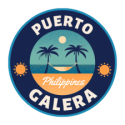
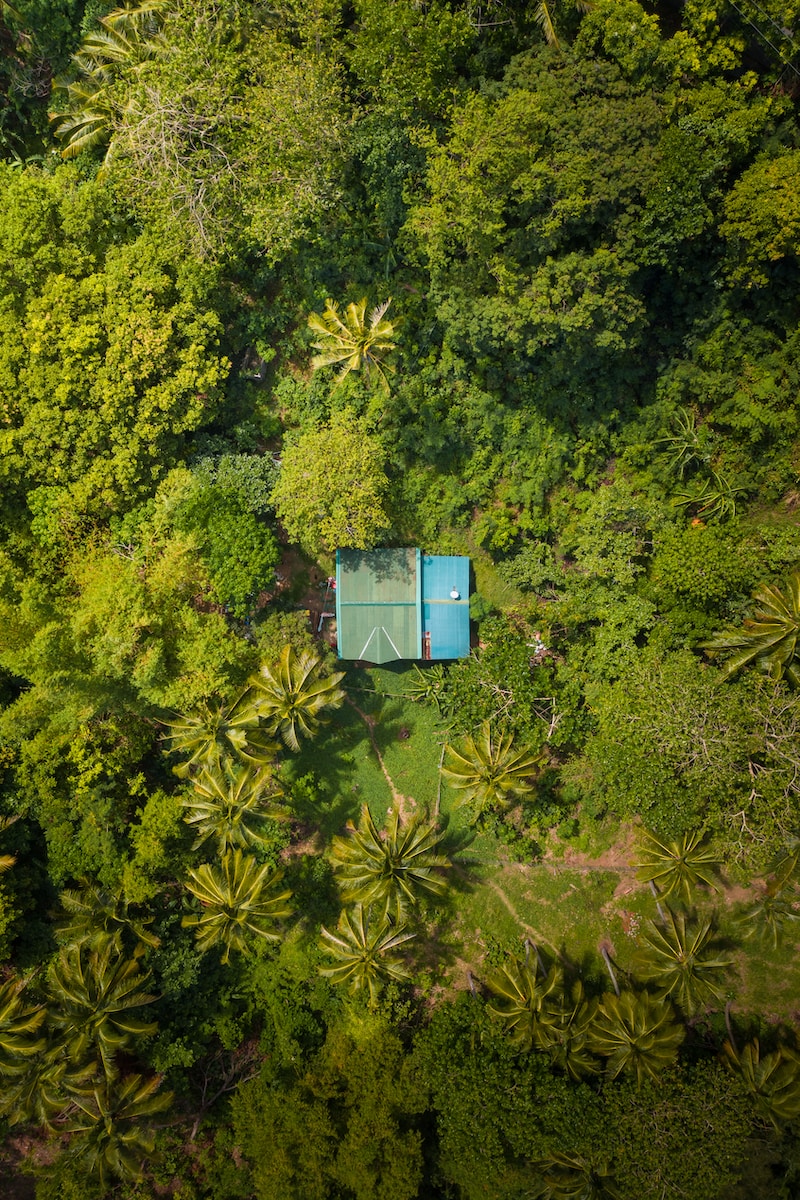
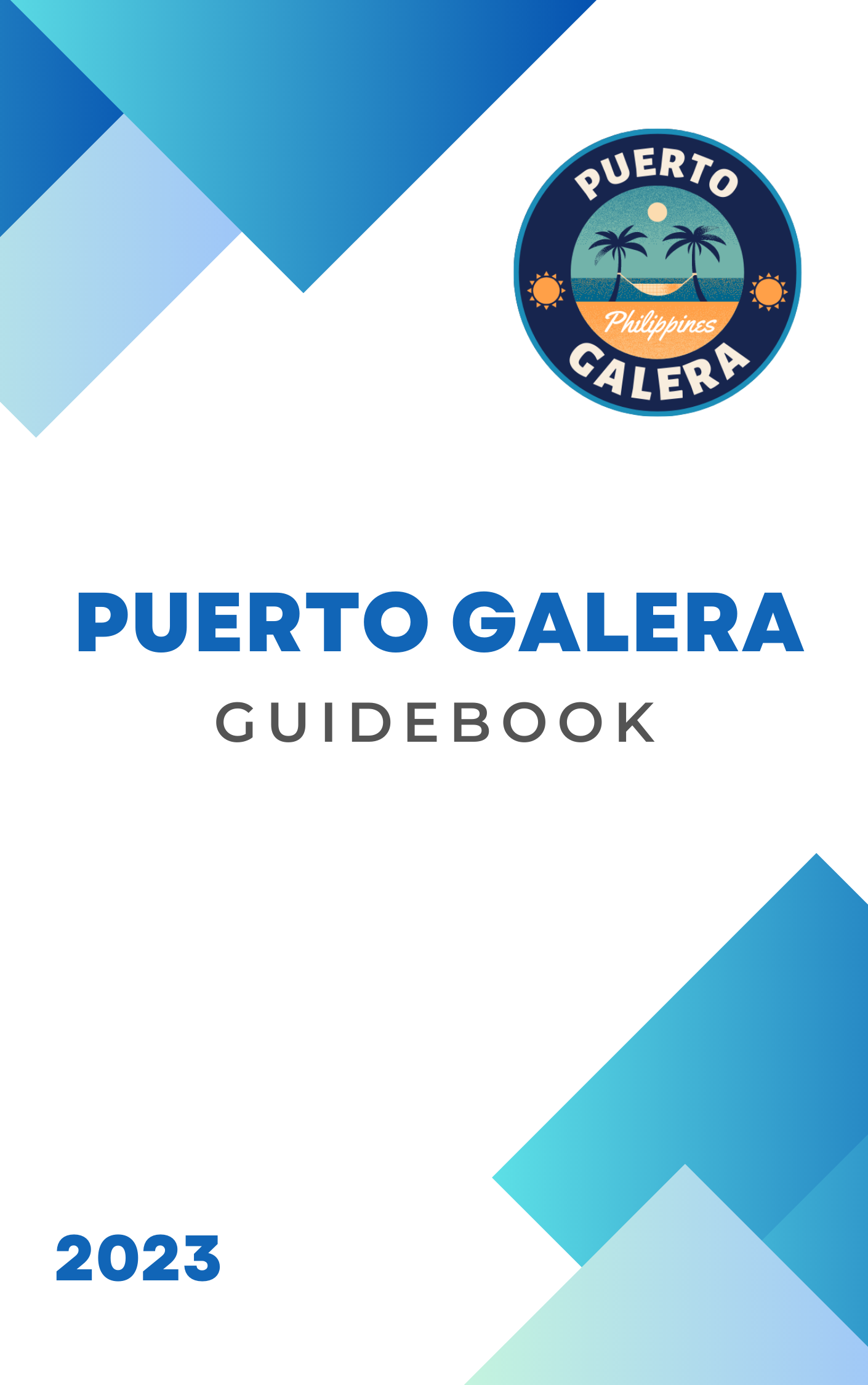
![Isora Resort [Review]](https://www.puertogalera.ph/wp-content/uploads/2023/07/d7m5xramf8g.jpg)
